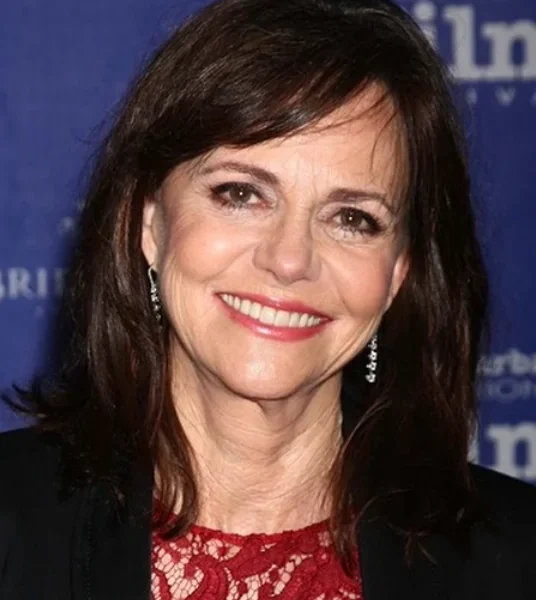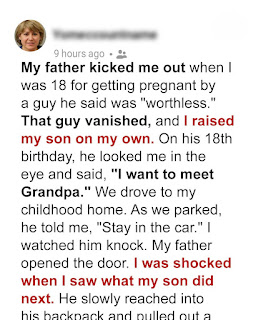The Super Bowl halftime show is one of the most prestigious stages in the world, attracting millions of viewers and featuring some of the biggest names in music. Yet, despite its massive audience and cultural impact, performers don’t receive a paycheck for their efforts. This might seem surprising, but there’s a compelling reason behind it—one that goes far beyond money.
The halftime show has come a long way since its early days as a simple intermission act. It transformed into a global spectacle in 1993 when Michael Jackson’s performance drew more attention than the game itself. From that moment on, the show became a cultural phenomenon, rivaling the Super Bowl in popularity. Today, it’s a must-watch event, with each year’s performance eagerly anticipated by fans worldwide.
For Super Bowl LIX, set for February 9, 2025, at the Caesars Superdome, Kendrick Lamar will headline the show. Joining him will be Grammy-winning artist SZA, a longtime collaborator. The event will also showcase Louisiana’s local talent, with jazz musician Jon Batiste performing the national anthem before the game. Batiste, a five-time Grammy winner, has expressed his excitement about creating a memorable rendition of the anthem, emphasizing themes of unity and togetherness.
While the halftime show is a massive platform, performers like Lamar and SZA won’t be paid for their time. This might seem unusual, but the benefits of performing extend far beyond a paycheck. As entertainment lawyer Lori Landew explains, the Super Bowl halftime show is a unique opportunity for artists to make a statement—whether through their music, their wardrobe, or their stage presence. For many, it’s a chance to connect with a global audience and showcase their artistry on an unprecedented scale.
The NFL has even considered charging artists for the opportunity, given the show’s immense value. With over 100 million viewers, the exposure is unparalleled. For example, Beyoncé’s 2013 performance reportedly cost 600,000inproductionexpenses,afigurethathassincerisentoasmuchas10 million. Yet, artists like Katy Perry have turned down payment, viewing the performance as a career-defining moment rather than a paid gig. Perry’s 2015 appearance led to a surge in endorsement deals and solidified her status as a top-tier artist.
The financial benefits of performing at the halftime show are undeniable. Artists often see a significant boost in streaming numbers and song sales after their performance. Shakira and Jennifer Lopez, for instance, experienced a 230% and 335% increase in streams, respectively, following their 2020 show. Digital sales of their featured tracks skyrocketed by nearly 900%. Beyond music, the exposure can lead to lucrative brand partnerships and other opportunities. Rihanna’s 2023 performance, for example, doubled as a promotion for her Fenty Beauty brand, creating a viral moment that boosted the company’s visibility.
However, not every artist is eager to take the stage. The intense scrutiny that comes with the performance can be daunting. Janet Jackson’s controversial 2004 appearance serves as a reminder of the risks involved. Despite the potential backlash, the halftime show remains a coveted platform, offering artists a chance to leave a lasting impact on pop culture.
In the end, the Super Bowl halftime show is more than just a performance—it’s a strategic opportunity for artists to elevate their careers. While they may not receive a paycheck, the exposure, prestige, and long-term benefits make it a priceless experience. For those willing to take the risk, it’s a chance to make history and connect with millions in a way few other platforms can offer.


